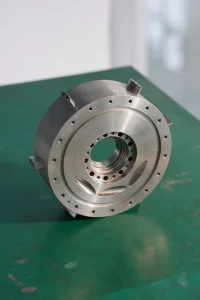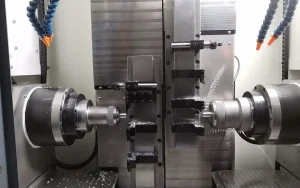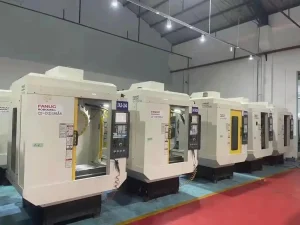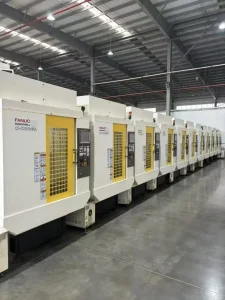Sheet metal manufacturing is a vital aspect of many industries, from automotive and aerospace to electronics and construction. It involves a series of processes that transform flat sheets of metal into complex and functional components. Understanding the professional sheet metal manufacturing process is essential for achieving high-quality results and efficient production.
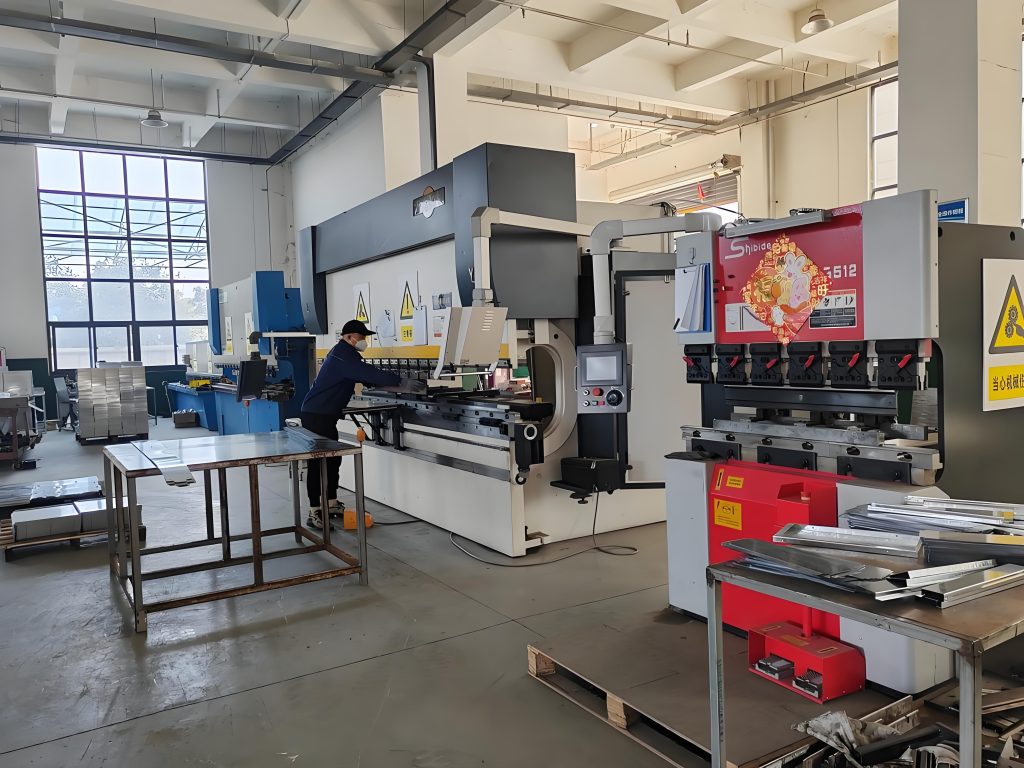
Material Selection for Sheet Metal
The first step in sheet metal manufacturing is choosing the right material. Common sheet metal materials include steel, aluminum, stainless steel, and copper. Steel is known for its strength and durability, making it suitable for applications where structural integrity is crucial, such as in building frames and heavy machinery parts. Aluminum is lightweight and has excellent corrosion resistance, which is why it is widely used in the aerospace and automotive industries for components like aircraft fuselages and car body panels. Stainless steel offers both corrosion resistance and hygienic properties, making it ideal for food processing and medical equipment. Copper, on the other hand, has good electrical and thermal conductivity and is often used in electrical components and heat exchangers. The choice of material depends on the specific requirements of the final product, including its intended use, environmental conditions, and mechanical properties needed.
Shearing and Cutting
Once the material is selected, the next step is to cut the sheet metal into the desired shapes and sizes. Shearing is a common method used to cut large sheets of metal into smaller, more manageable pieces. It involves using a shearing machine with a sharp blade that moves past a fixed blade to cut through the metal. For more complex shapes and precise cuts, other cutting methods such as laser cutting, plasma cutting, or waterjet cutting are employed. Laser cutting uses a high-powered laser beam to melt or vaporize the metal, allowing for extremely precise and intricate cuts. Plasma cutting uses a plasma torch to ionize gas and create a high-temperature plasma arc that cuts through the metal. Waterjet cutting, on the other hand, uses a high-pressure stream of water mixed with abrasive particles to cut through the metal. These advanced cutting methods are especially useful for creating custom shapes and designs with tight tolerances.
Bending and Forming
After cutting, the sheet metal is often bent or formed to create the desired three-dimensional shape. Bending is typically done using a press brake, which applies force to the metal sheet to create a bend at a specific angle. The angle and radius of the bend can be precisely controlled to meet the design requirements. Forming processes can also include rolling, where the sheet metal is passed through a set of rollers to create a curved or cylindrical shape, or deep drawing, which is used to create hollow, cup-shaped parts. These forming processes require careful consideration of the material’s properties, such as its ductility and thickness, to ensure that the metal can be shaped without cracking or deforming.
Welding and Joining
In many sheet metal products, different pieces of sheet metal need to be joined together. Welding is a common method of joining sheet metal. It involves melting the edges of the metal pieces and fusing them together. There are various welding techniques, such as MIG (Metal Inert Gas) welding, TIG (Tungsten Inert Gas) welding, and spot welding. MIG welding is a fast and efficient method, suitable for joining thicker sheets of metal. TIG welding is known for its precision and is often used for thinner sheets or when a high-quality, aesthetically pleasing weld is required. Spot welding uses electrical resistance to create a series of small welds between the metal sheets and is commonly used in the automotive industry for joining body panels. In addition to welding, other joining methods like riveting and adhesive bonding can also be used depending on the specific application and requirements.
Surface Treatment and Finishing
To enhance the appearance and performance of sheet metal products, surface treatment and finishing processes are applied. This can include painting, powder coating, plating, or anodizing. Painting provides a protective and decorative coating, and it can be customized in terms of color and finish. Powder coating is a more durable and environmentally friendly alternative to traditional painting, where a dry powder is electrostatically applied to the metal surface and then cured under heat. Plating, such as chrome plating or zinc plating, can improve the corrosion resistance and appearance of the sheet metal. Anodizing is commonly used for aluminum sheet metal to increase its hardness and corrosion resistance and also allows for color customization.
Quality Control and Inspection
Throughout the sheet metal manufacturing process, quality control and inspection are crucial. Dimensional inspections are carried out using precision measuring tools like calipers, micrometers, and coordinate measuring machines (CMMs) to ensure that the parts meet the specified tolerances. Visual inspections are also done to check for any surface defects, such as scratches, dents, or welding imperfections. Additionally, non-destructive testing methods like ultrasonic testing or magnetic particle inspection can be used to detect internal defects or cracks in the welded joints. Any parts that do not meet the quality standards are either reworked or rejected to ensure the reliability and performance of the final product.
In the competitive field of CNC machining and sheet metal manufacturing, Rapidefficient has established itself as a reliable and innovative service provider. Rapidefficient specializes in CNC aluminum processing, which is highly relevant in sheet metal manufacturing as aluminum is a commonly used material. Their advanced CNC machines and skilled technicians are well-equipped to handle the various processes involved in sheet metal manufacturing, from precise cutting and bending to high-quality welding and finishing. They understand the importance of quality control and strive to deliver products that meet the strictest standards. Whether it’s a small custom sheet metal project or a large-scale production run, Rapidefficient can offer efficient and cost-effective solutions, making them a top choice for businesses in need of professional sheet metal manufacturing services.



